Being the heart of a home, you would want your kitchen to be as charming as it is practical. One of the most crucial features besides countertops and appliances is the sink. This often understated fixture is where you often start and finish with meal preparation. If you’re planning a kitchen remodel, a type of kitchen sink you may be interested in is an undermount. These sleek, rimless sinks provide a sense of simplicity to the aesthetic of your kitchen. They are ideal for numerous design styles that focus on minimalism.
As with any other type, you may want to consider the upsides as well as the downsides of undermount sinks. Weighing the pros and cons will allow you to decide whether this feature is the right choice for your kitchen.
Pros of Undermount Kitchen Sinks
There are several reasons why going for an undermount kitchen sink can be a good idea. These include both practical and aesthetic advantages.
Distinctive Features
A reason why undermount sinks are becoming a common choice for remodels is due to their seamless appearance. Since the sink is installed beneath the counter, its lip is flush against the surface of the countertop. This results in clean lines with a seamless flow that is ideal for a modern or sophisticated interior design style. You can even have the faucets installed into the wall, creating a look that’s both simple and unique. The inconspicuous design of the undermount sink tends to divert attention to other elements such as the colors and textures of your kitchen’s decor.
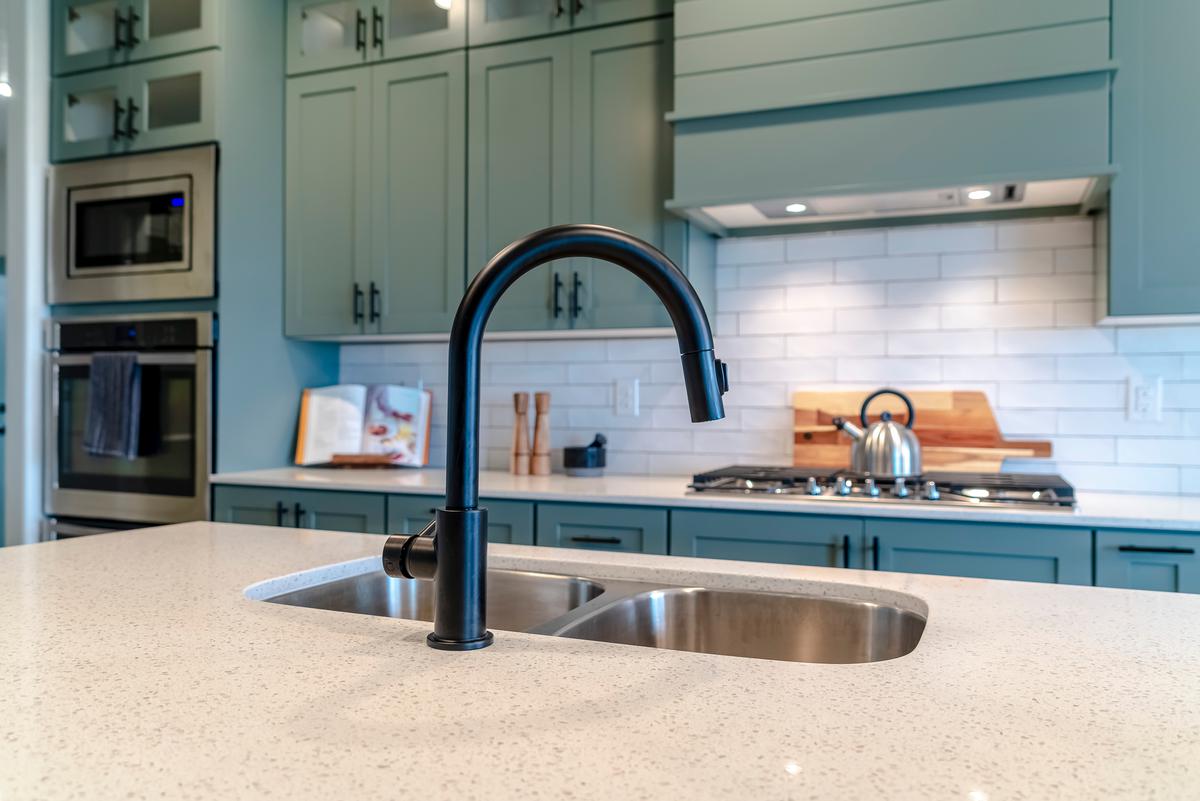
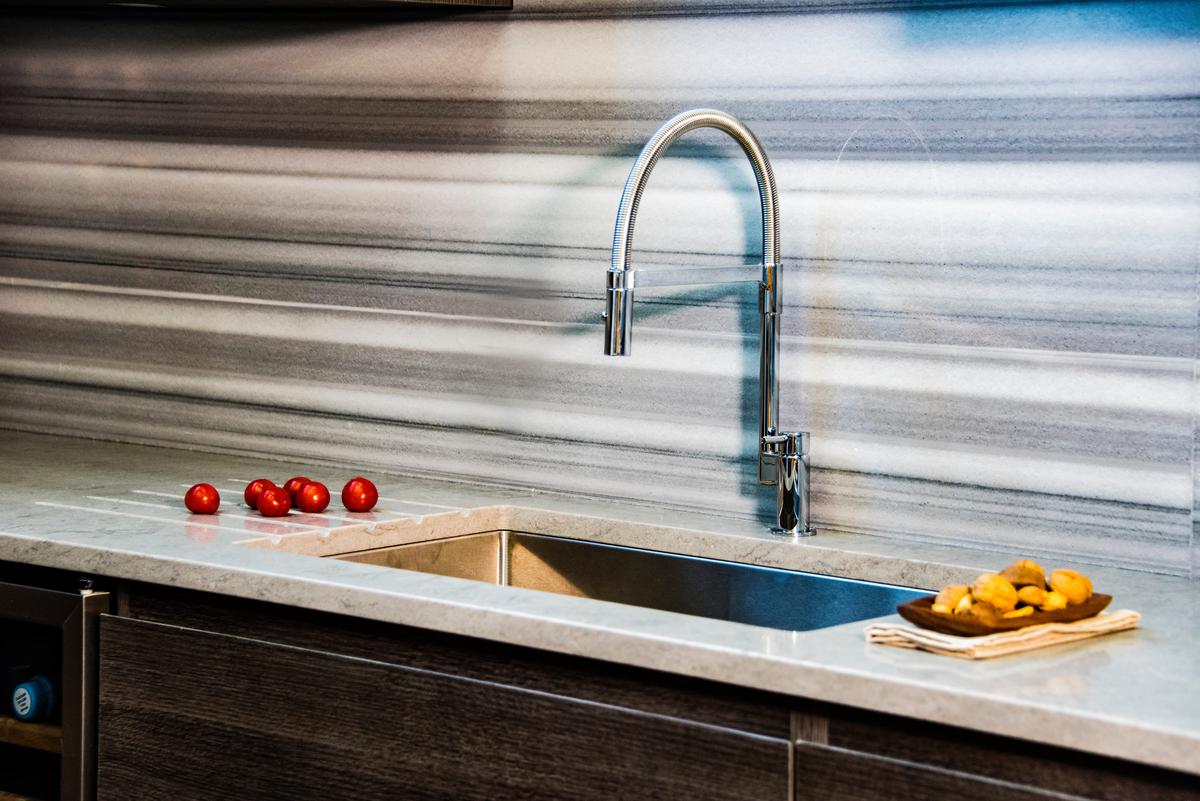
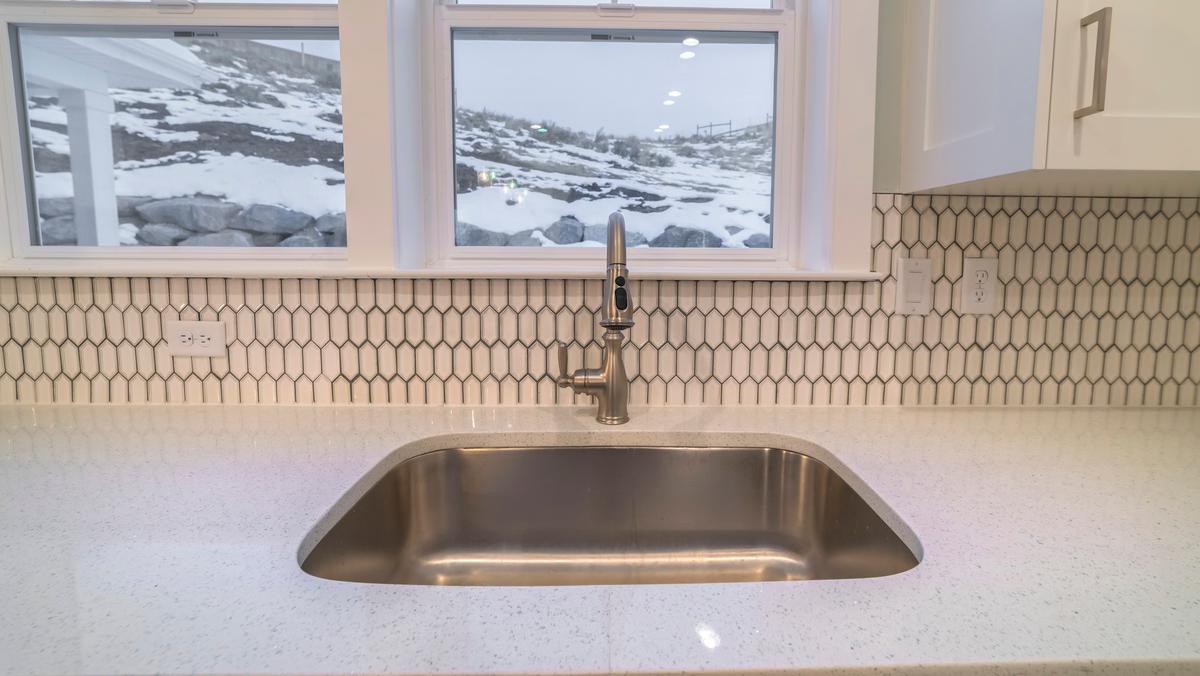
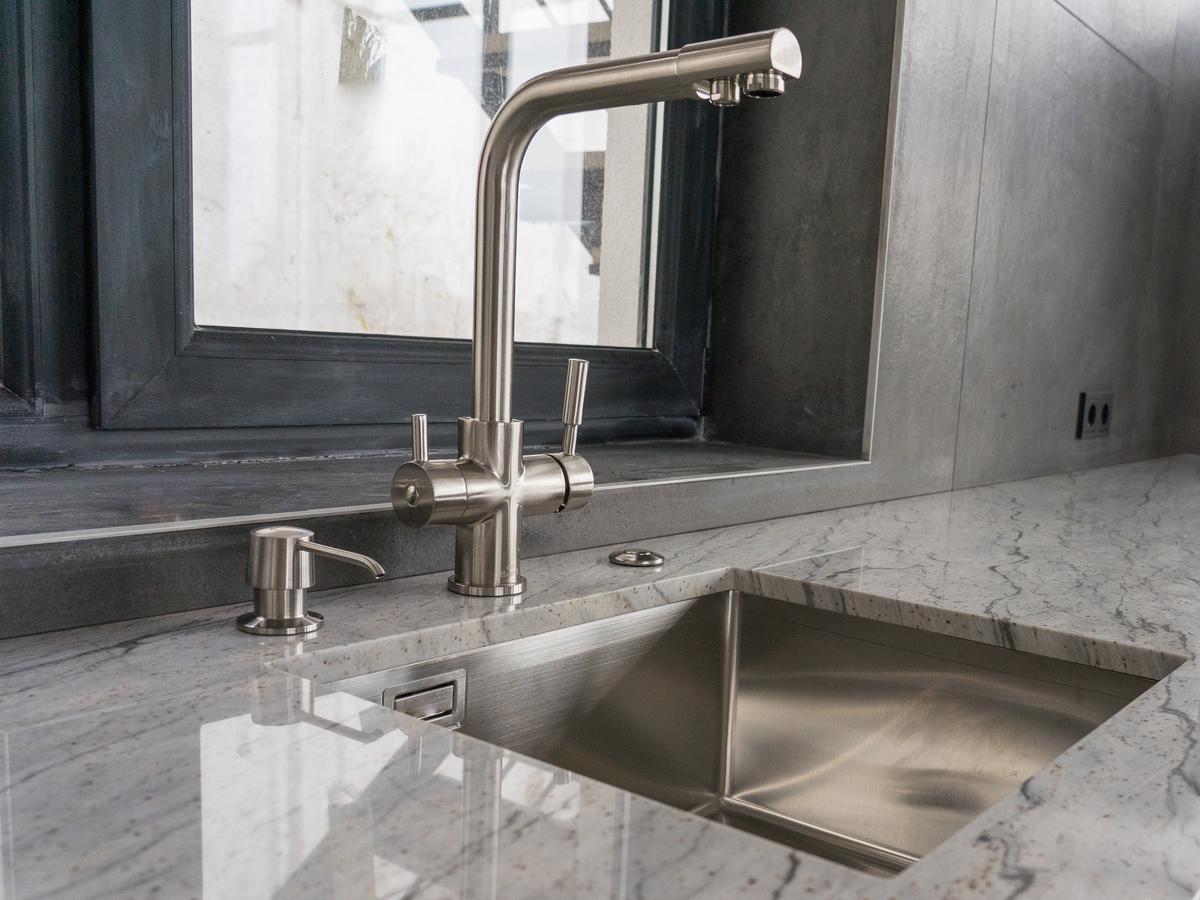
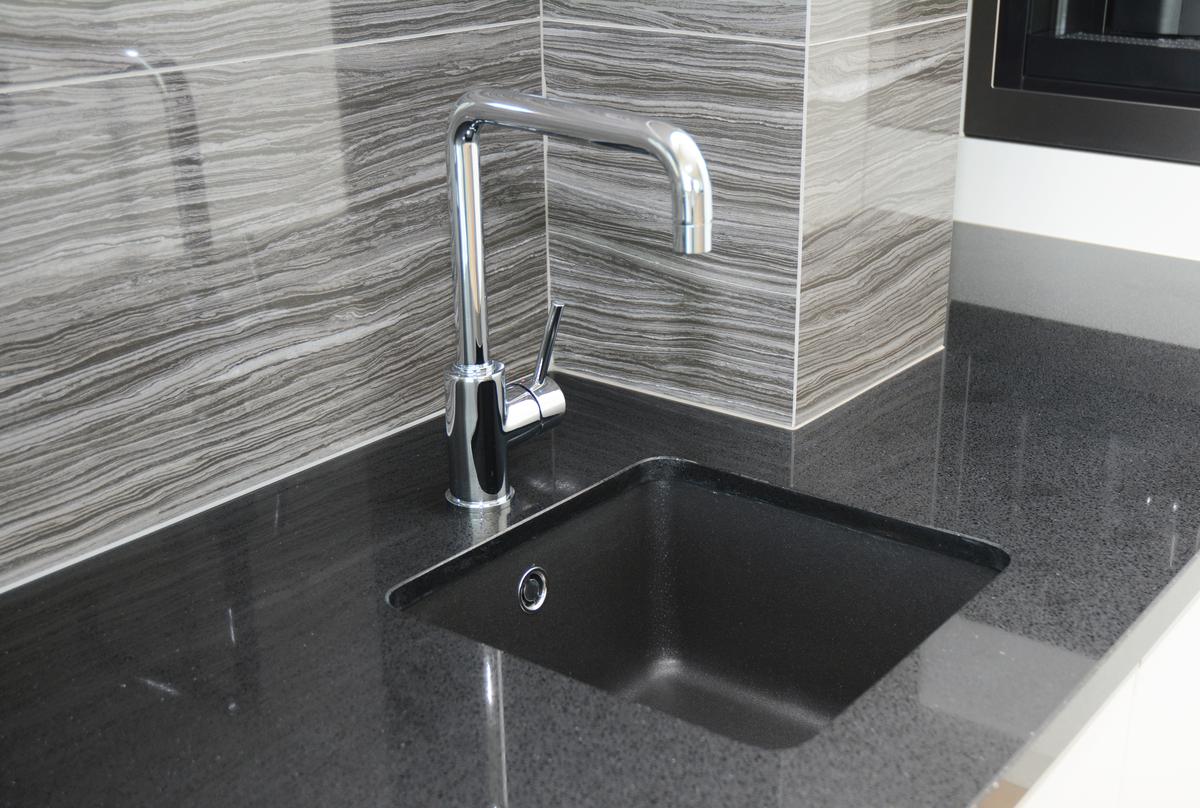
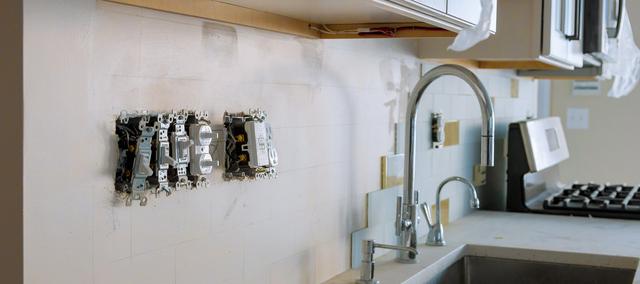
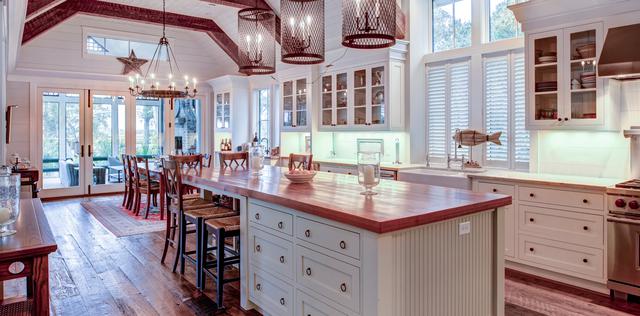
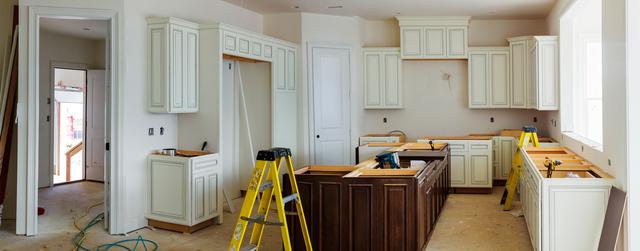
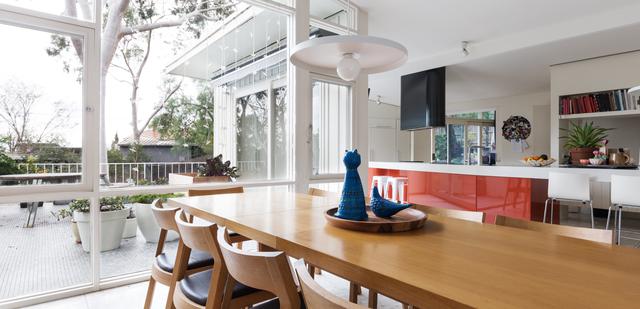
comments